Do you have a question about the Dräger DrugTest 5000 STK and is the answer not in the manual?
| Detection Method | Immunoassay |
|---|---|
| Sample Type | Oral fluid (saliva) |
| Result Time | Within 8 minutes |
| Calibration | Pre-calibrated, no user calibration required |
| Drugs Detected | Amphetamines, Benzodiazepines, Cocaine, Opiates, Methamphetamines, Cannabis (THC) |
| Detection Timeframe | Up to 24-48 hours after drug use |
| Operating Temperature | 5°C to 40°C |
| Test Duration | Approximately 5-10 minutes |
Ensures safe and correct use by requiring full understanding and strict adherence to instructions.
Details the components of the Dräger Drug Test 5000 STK and packing unit contents.
Specifies the system's purpose for qualitative detection of analytes in oral fluid for forensic use only.
Clarifies the meaning of various symbols used throughout the product instructions for better comprehension.
Explains the immunoassay principle of competitive inhibition used in the qualitative detection of substances.
Covers pre-test requirements, ambient conditions, and the process of collecting saliva samples.
Provides step-by-step instructions for inserting the test cassette and cartridge into the Analyzer.
Outlines the requirement for a second sample for confirmed results via an accredited laboratory.
Describes how test results are displayed, saved, printed, and managed by the Analyzer.
Emphasizes the importance of internal and external quality control for ensuring test accuracy and validity.
Addresses potential sources of false results and the need for professional assessment for accurate interpretation.
Examines the impact of consuming food, beverages, or stimulants on the accuracy of test results.
Discusses the analytical specificity and potential cross-reactivity of the test system with similar compounds.
Summarizes the clinical performance metrics of the test system based on comparative studies.
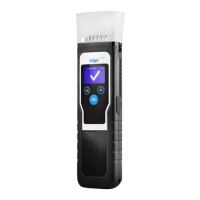
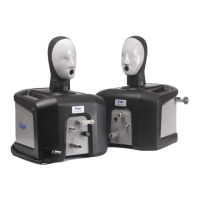
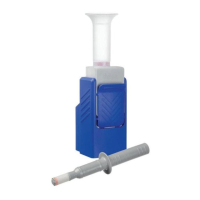

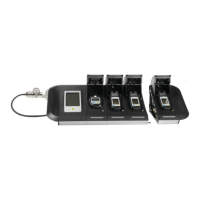


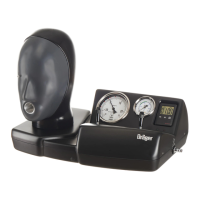

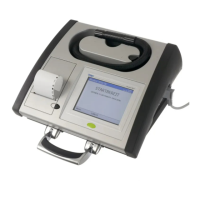
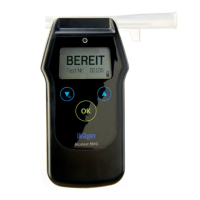
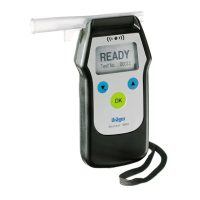
